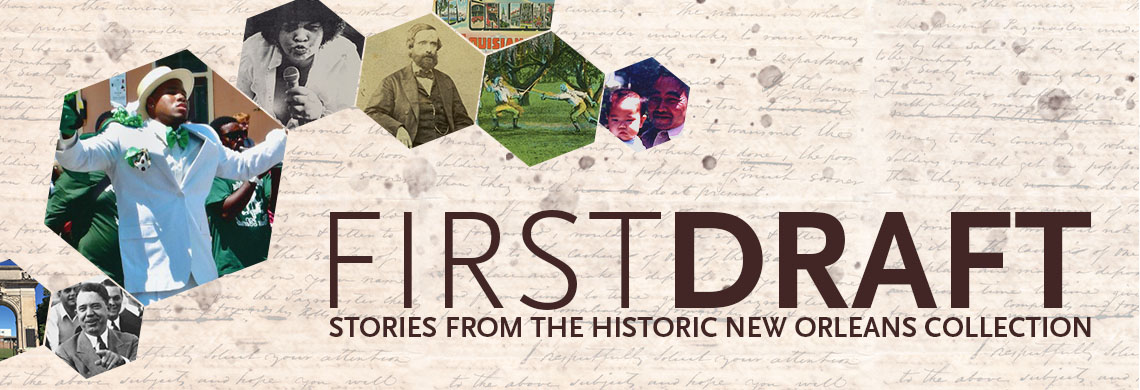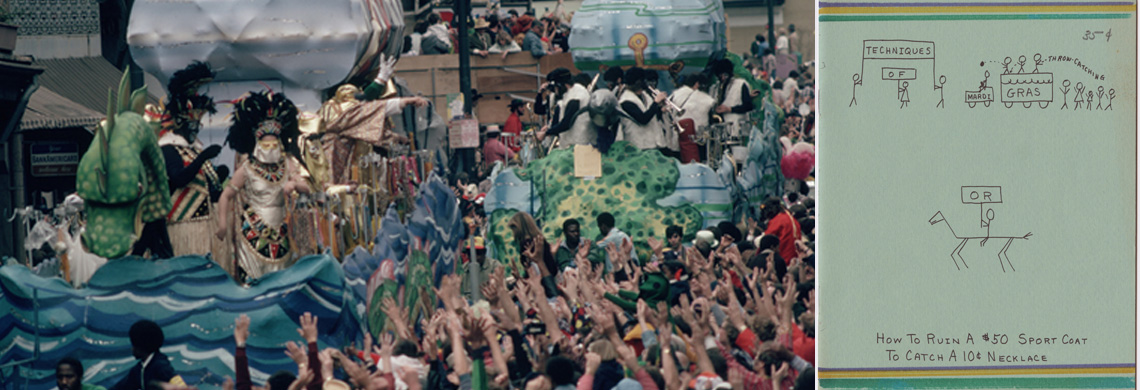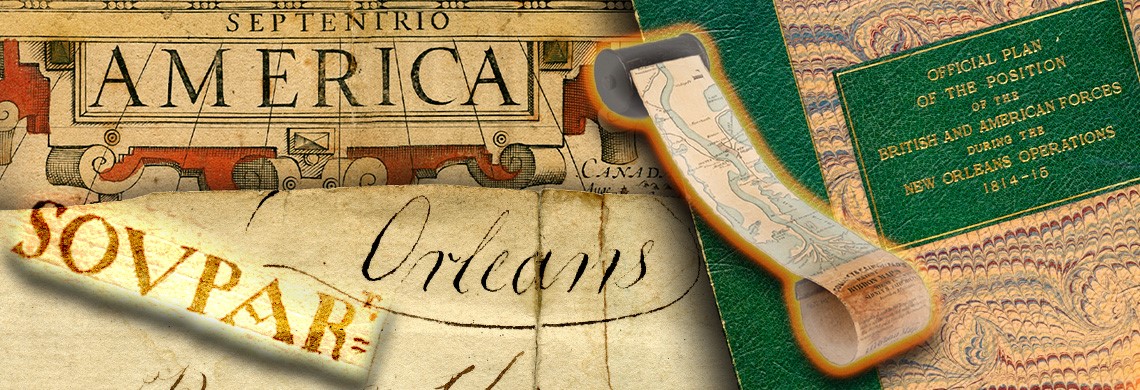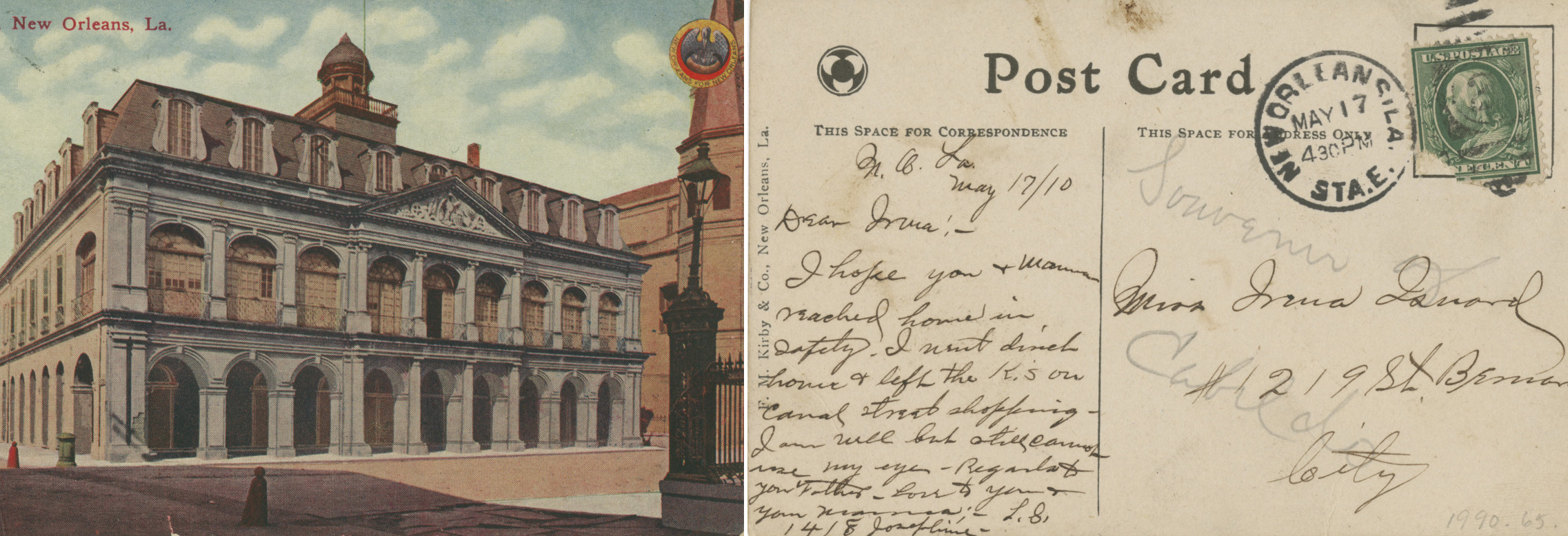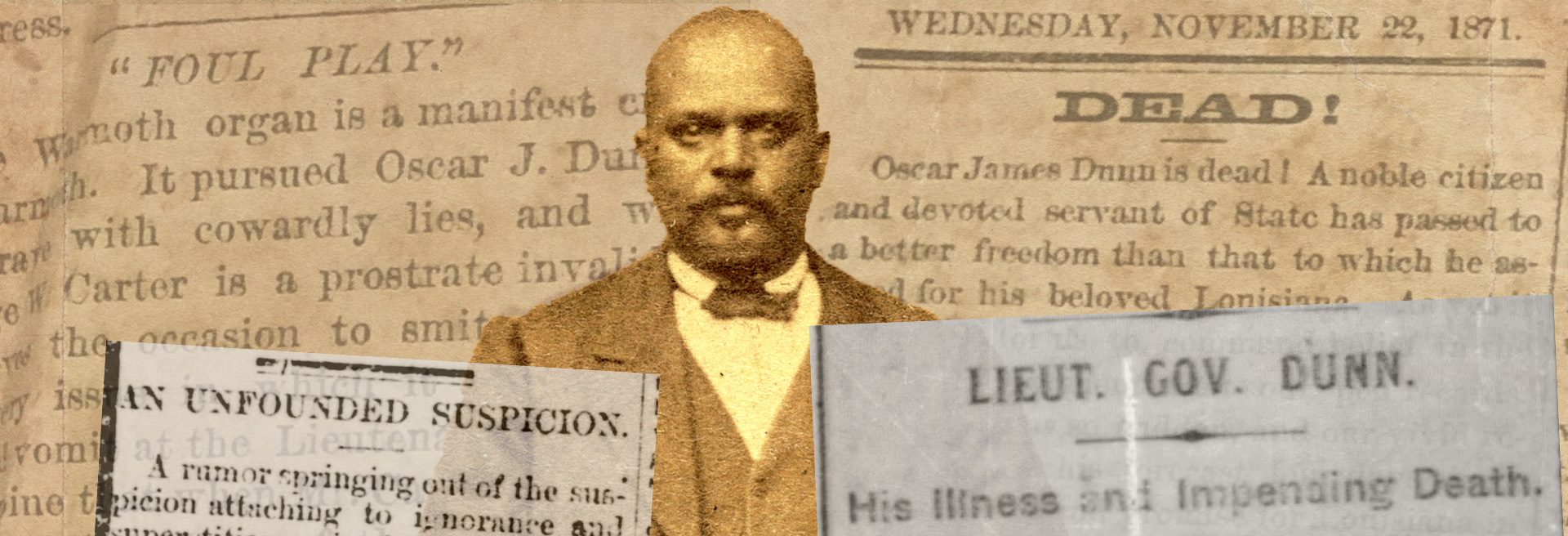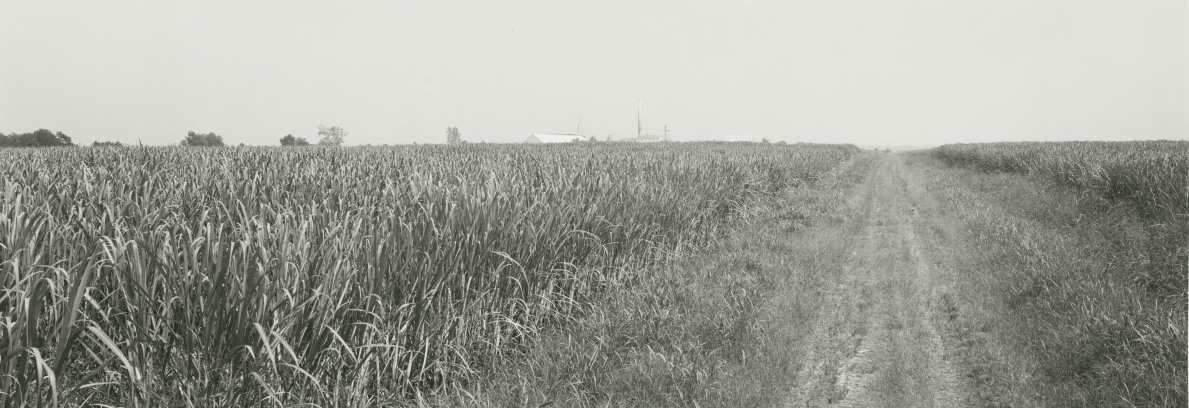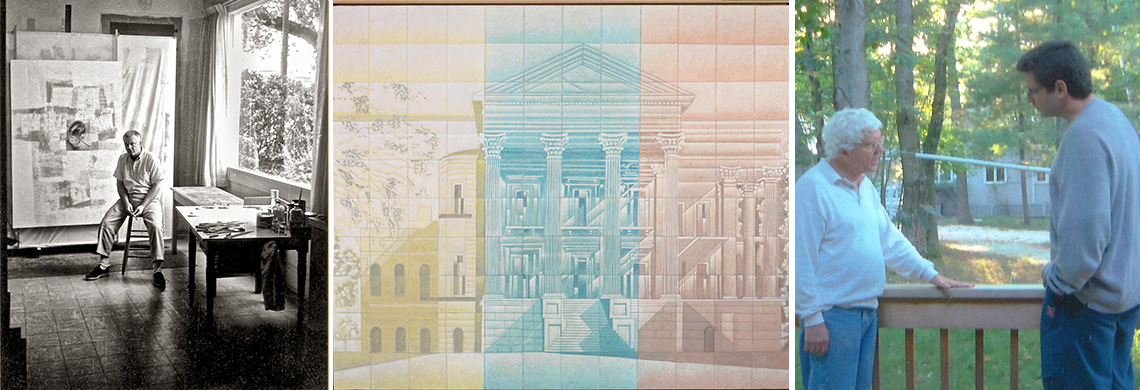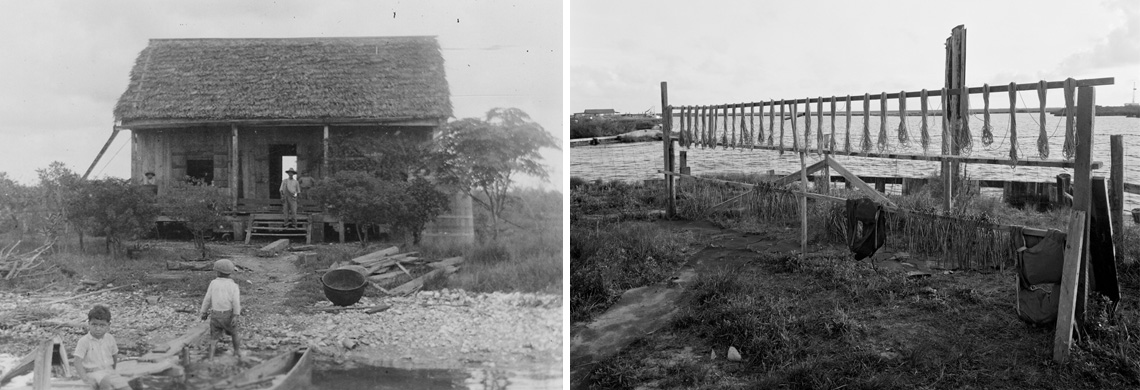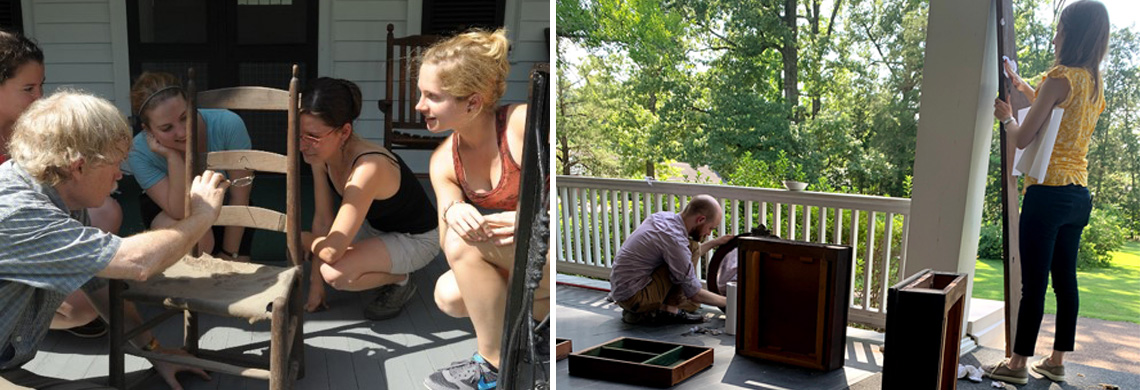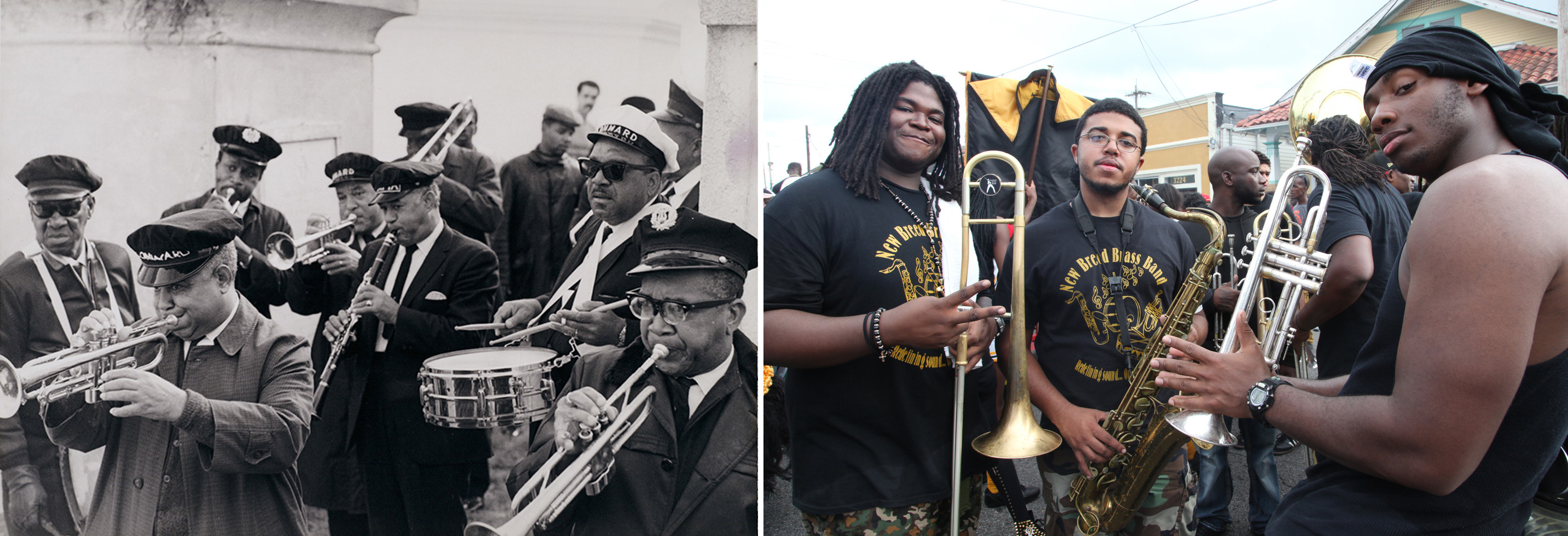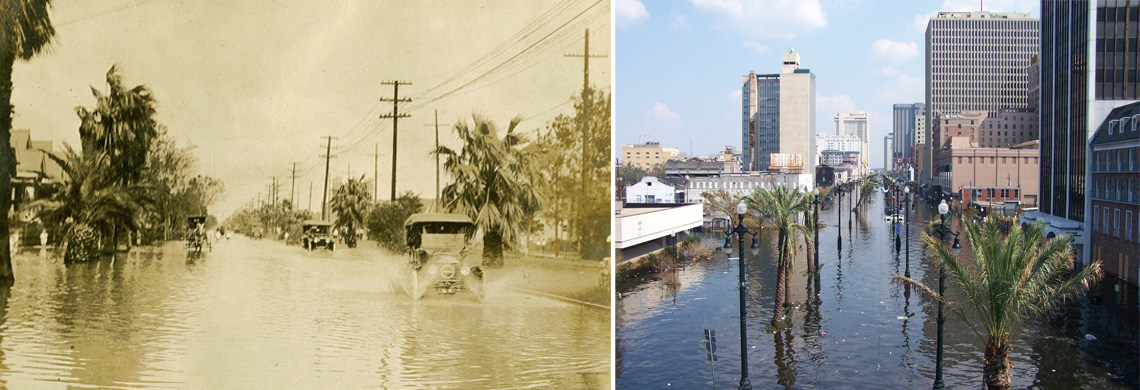Forget public indecency. A 1960s pamphlet shares some timeless advice for catching throws—and we provide some updates for the 21st century.
Maps are more than visual representations of landscapes and geographic features; they’re also storytellers. Cartographers imprint their views of the world on the maps they make, leaving significant messages in tiny details.
Were our ancestors glued to the mail like we are glued to our phones? The wealth of postcards with pedestrian information suggests that they may have been.
A mysterious illness took the life of Oscar Dunn, the first Black man to serve as a lieutenant governor in US history. Now, 150 years later, we look back at the circumstances of his death and whether is was murder.
Norbert Rillieux patented the process of sugar refinement changed the industry, but the free man of color faced racist discrimination from the government and clients.
Author John Ed Bradley recalls meeting artist John Clemmer and opening a door into the world of 20th-century New Orleans art.
The full extent of the storm’s impact on coastal demographics remains to be seen, but for Louisiana’s indigenous people, it’s another wave in a long saga of forced migration and environmental adaptation going back hundreds of years.
Damage from fire, water, or other natural disasters can ruin possessions and memories. Here are a few tips to rescue damaged items, and advice on when to seek professional help.
To get the inside story of brass bands and second lines, we talked to THNOC's own Douane Walpes, who tells us what it's like to play for the clubs and second liners on the streets.
After Hurricane Ida, we spoke with a climatologist to grasp the differences between the two monster hurricanes and compare them with other cataclysmic storms in Louisiana history

